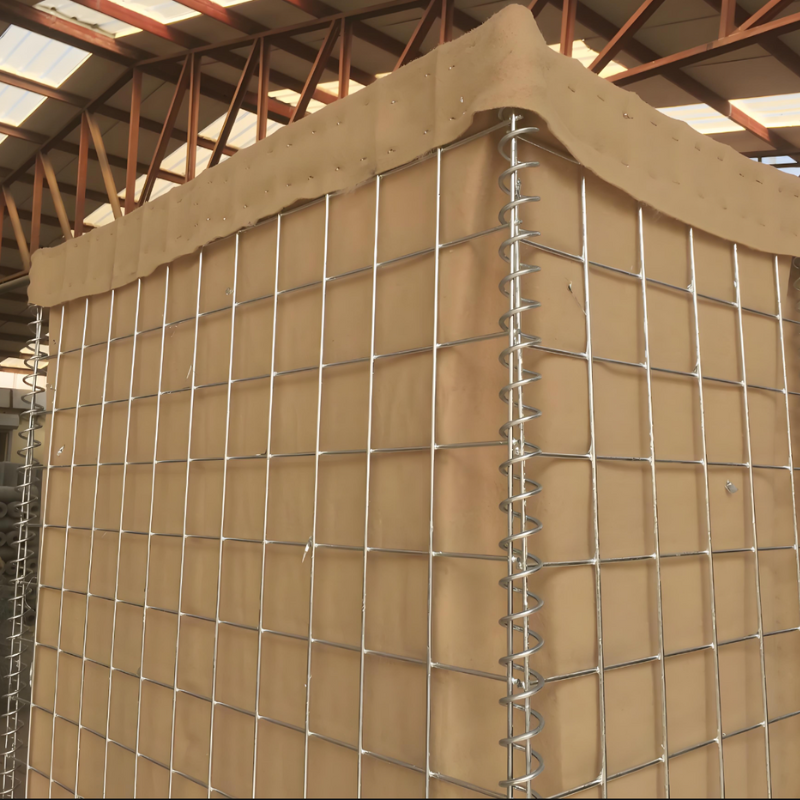Defensive barrier
Defensive barriers are physical structures designed to protect people, property, and critical infrastructure from threats such as vehicle attacks, intrusions, or natural disasters. They vary widely in design, materials, and strength to address specific risks. Below is a detailed breakdown of common types, specifications, and applications:
- Product Details
- Technical Specification
1. Types of Defensive Barriers
A. Vehicle Barriers
Bollards
Materials: Steel, concrete, stainless steel, or composite materials.
Specifications:
Crash Rating: ASTM F2656 (K12, K8, K4 ratings for vehicle impact resistance).
Height: 30–48 inches (76–122 cm).
Diameter: 6–12 inches (15–30 cm).
Installation: Fixed (embedded in concrete) or retractable (hydraulic/electric).
Applications:
Perimeter security for government buildings, airports, stadiums.
Pedestrian zones, storefronts.
Jersey Barriers
Materials: Reinforced concrete or polyethylene (plastic).
Specifications:
Dimensions: 10 ft long x 32" tall x 24" base (3 m x 81 cm x 61 cm).
Weight: 4,000–6,000 lbs (1,800–2,700 kg) for concrete.
Crash Rating: ASTM C825 for impact resistance.
Applications:
Temporary traffic control at construction sites.
Perimeter security for events or military checkpoints.
Crash Beams/Gates
Materials: High-strength steel or aluminum.
Specifications:
Impact Resistance: Rated for 15,000–30,000 lb (6,800–13,600 kg) vehicles.
Deployment: Manual, hydraulic, or automated.
Applications:
Military bases, embassies, nuclear facilities.
B. Perimeter Barriers
Security Fences
Types: Chain-link, welded mesh, palisade, or anti-climb.
Specifications:
Height: 6–20 ft (1.8–6 m).
Material: Galvanized steel, stainless steel, or vinyl-coated.
Toppings: Razor wire, barbed tape, or anti-cut mesh.
Applications:
Prisons, industrial sites, data centers.
Concrete Walls
Specifications:
Thickness: 6–12 inches (15–30 cm).
Reinforcement: Steel rebar or fiber-reinforced concrete.
Blast Resistance: Rated for explosions (e.g., UL 752 ballistic standards).
Applications:
Military installations, high-risk government facilities.
Hydraulic Barriers
Specifications:
Rise Time: 3–10 seconds.
Load Capacity: Up to 7,500 kg (16,500 lbs).
Applications:
Vehicle access control at secure facilities.
C. Natural/Blast Mitigation Barriers
Earth Berms
Specifications:
Slope: 45–60 degrees.
Material: Compacted soil, gravel, or sandbags.
Applications:
Blast protection for military storage areas.
Flood control.
Water-Filled Barriers
Specifications:
Material: Polyethylene or steel.
Capacity: 500–2,000 liters per segment.
Applications:
Crowd control, construction zones, event security.
2. Key Specifications
Crash/Impact Ratings:
ASTM F2656: Rates barriers from K4 (passenger cars) to K12 (heavy trucks).
ISO/IWA 14-1: International standards for vehicle security barriers.
Blast Resistance:
UL 752: Ballistic ratings for explosions (Level 1–Level 10).
Corrosion Resistance:
Galvanizing: Class 3 (≥245 g/m² zinc coating).
Stainless Steel: Grade 304/316 for coastal environments.
3. Applications by Threat Level
Threat Type Recommended Barrier Example Use Cases
Vehicle Ramming Crash-rated bollards (K12), Jersey barriers Embassies, pedestrian malls
Forced Entry Anti-climb fences, razor wire Prisons, substations
Blast/Explosives Reinforced concrete walls, earth berms Military bases, fuel depots
Crowd Control Water-filled barriers, steel fencing Protests, concerts, sports events
Coastal Erosion Riprap (rock barriers), sea walls Shoreline protection
4. Hybrid and Smart Barriers
Sensor-Integrated Barriers:
Motion detectors, cameras, or AI-powered surveillance linked to barriers.
Applications: Smart cities, critical infrastructure.
Retractable/Adaptive Systems:
Barriers that lower or rise based on real-time threats (e.g., automated bollards).
5. Environmental Considerations
Coastal Areas: Stainless steel or polymer-coated barriers.
Extreme Temperatures: Thermal-resistant materials (e.g., fiber-reinforced composites).
Aesthetics: Decorative bollards or green walls (vegetated barriers).
6. Cost and Maintenance
详见表格
7. Standards and Certifications
ASTM F2656: Vehicle impact resistance.
ISO 1461: Hot-dip galvanizing for corrosion protection.
DOS K-Ratings: U.S. Department of State standards for embassy security.
8. Conclusion
Defensive barriers are essential for mitigating risks ranging from terrorism to natural disasters. Selection depends on:
Threat Level: Match barrier strength to potential risks (e.g., K12 bollards for truck attacks).
Environment: Use corrosion-resistant materials in harsh climates.
Cost vs. Lifespan: Balance initial investment with long-term durability.
For maximum protection, combine physical barriers with technology (e.g., sensors, CCTV) and procedural security measures. Always comply with local regulations and consult engineers for high-risk installations.
| Barrier Type | Cost Range | Maintenance Needs |
| Bollards | 1,000–1,000–15,000+ each | Annual inspections, lubrication |
| Jersey Barriers | 100–100–500 per unit | Minimal (concrete) |
| Security Fences | 20–20–50 per linear ft | Rust removal, topping replacements |
| Hydraulic Barriers | 50,000–50,000–200,000+ | Monthly system checks |

 barbed wire
barbed wire 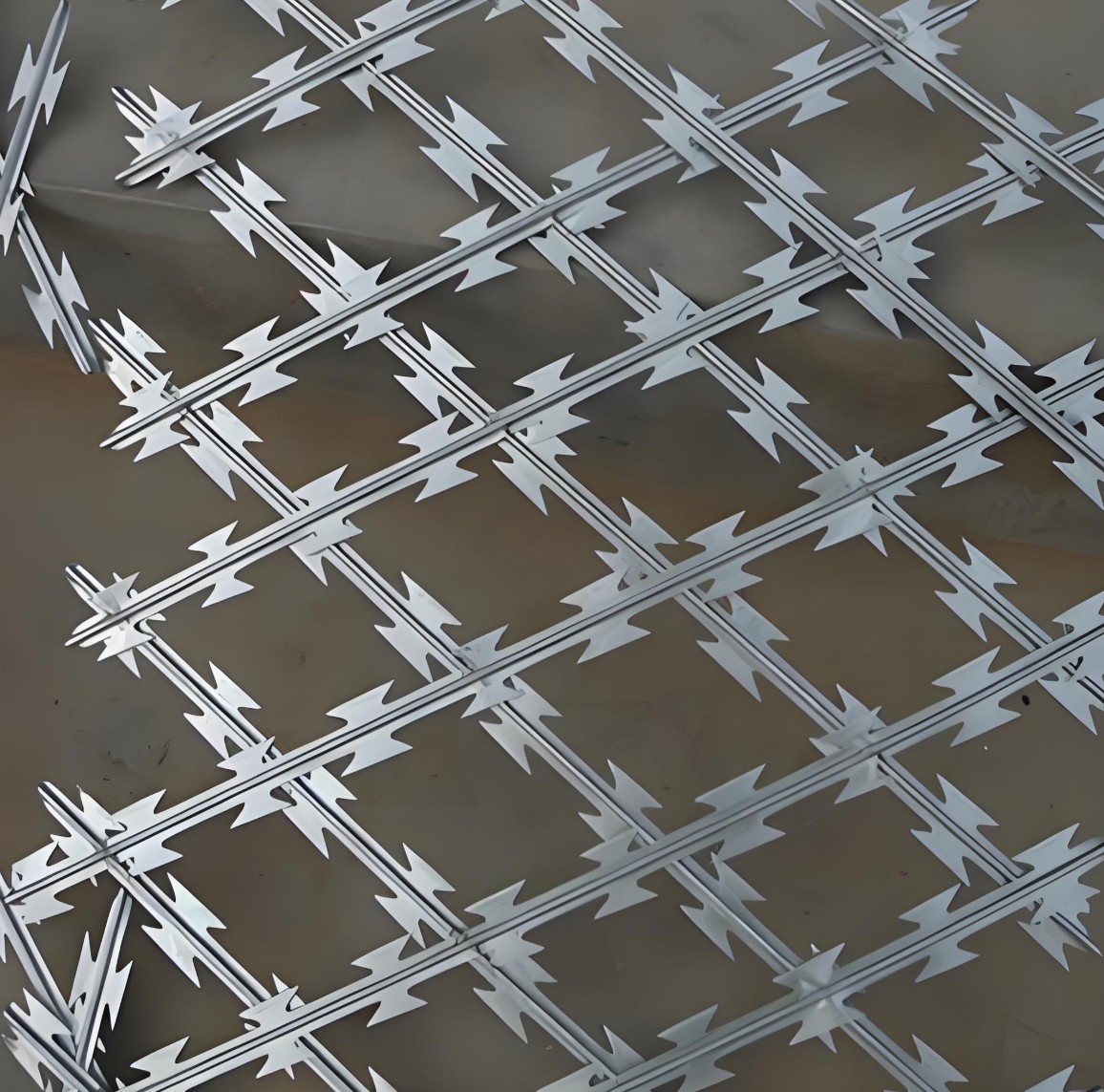 Razor wire
Razor wire 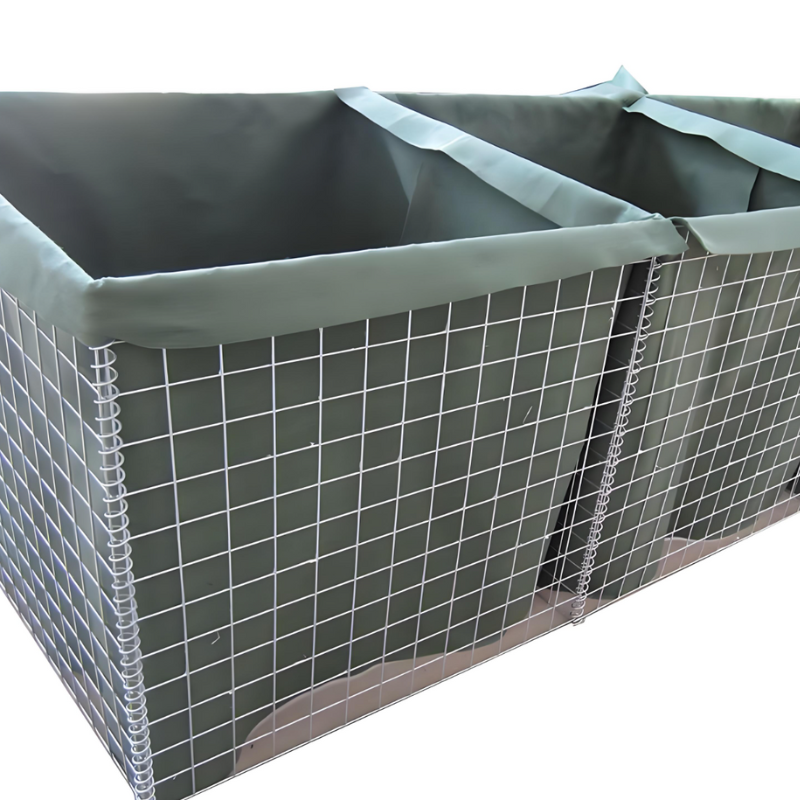 Defensive barrier
Defensive barrier  Putanka wire
Putanka wire  metal fence
metal fence 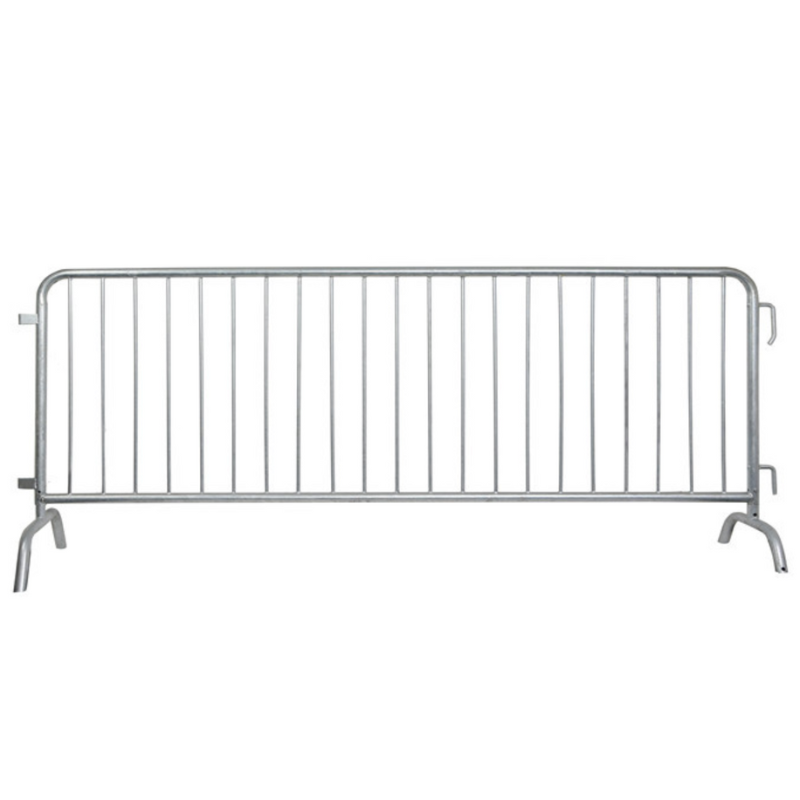 Temporary fence
Temporary fence 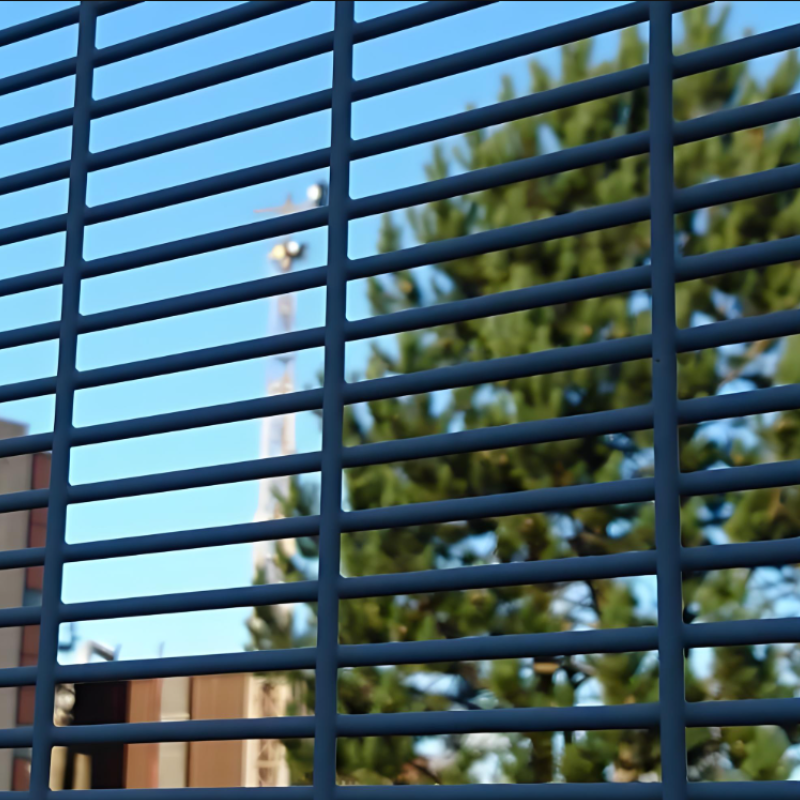 Security fence
Security fence 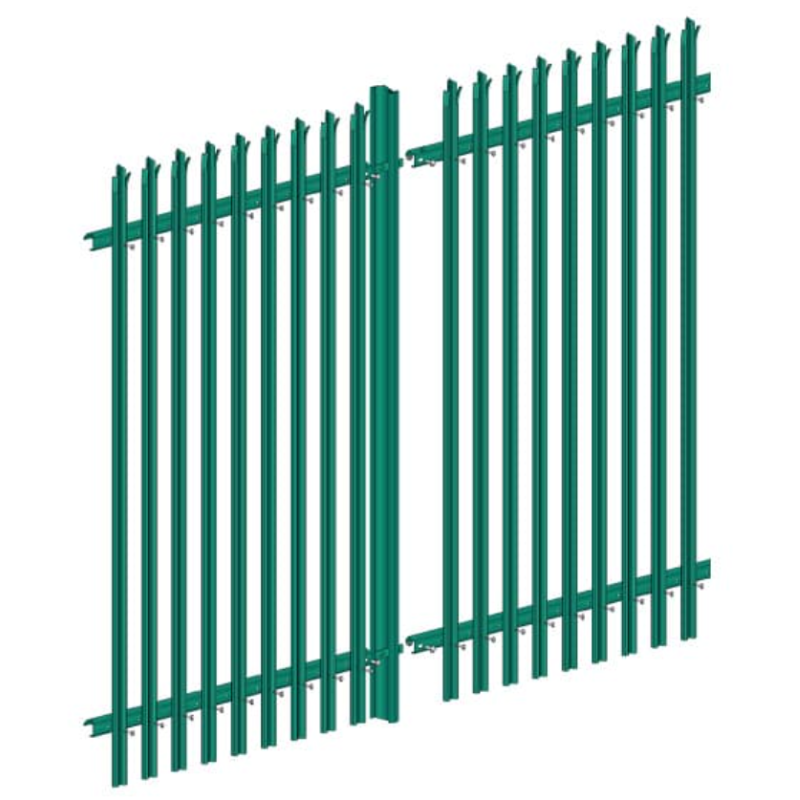 Palisade tence
Palisade tence 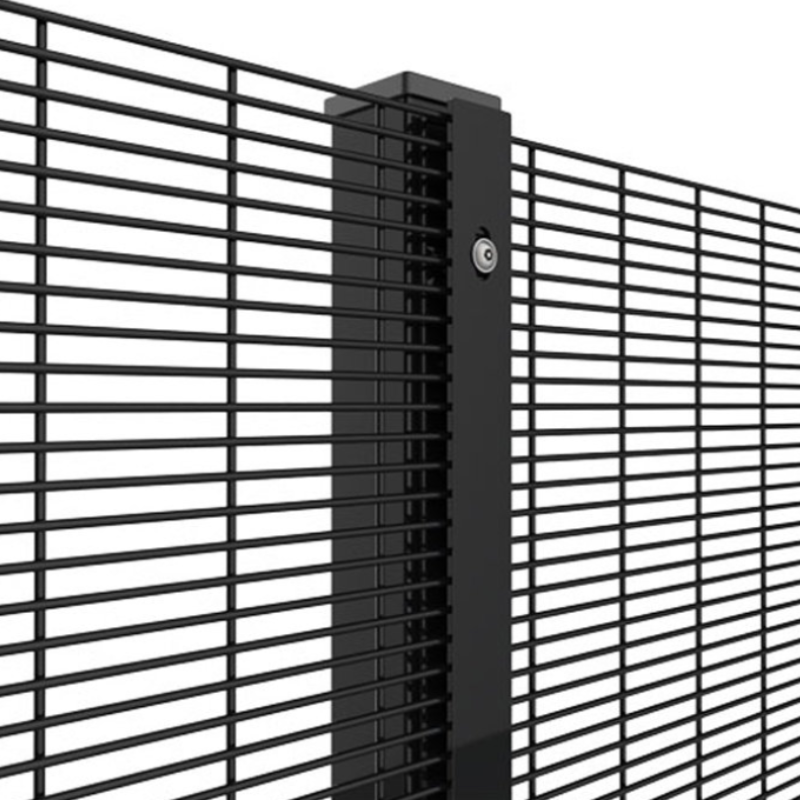 Anti climb fence
Anti climb fence 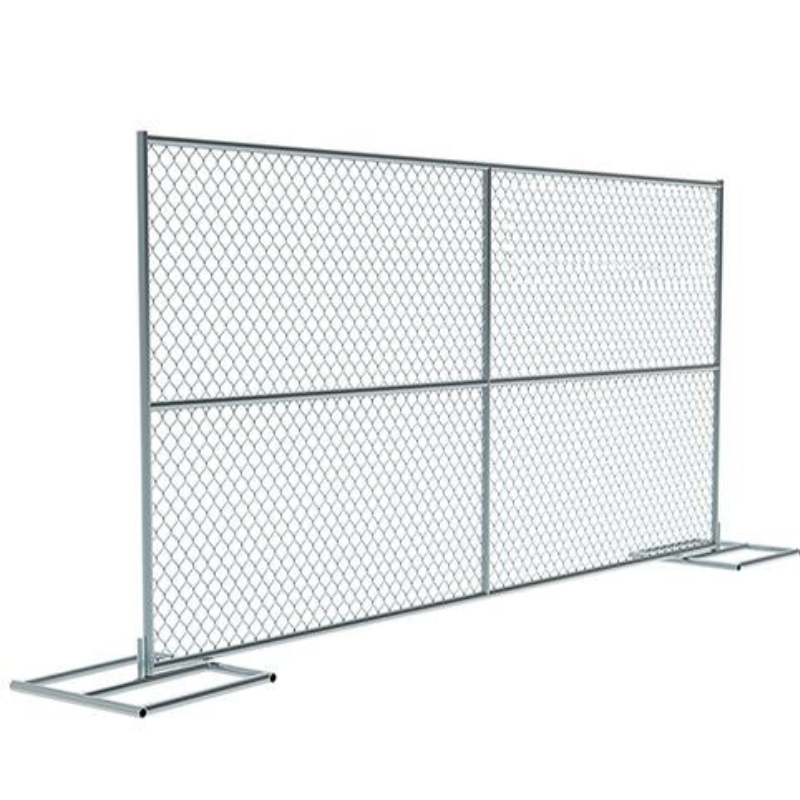 Chain link fence
Chain link fence  Aluminum fence
Aluminum fence 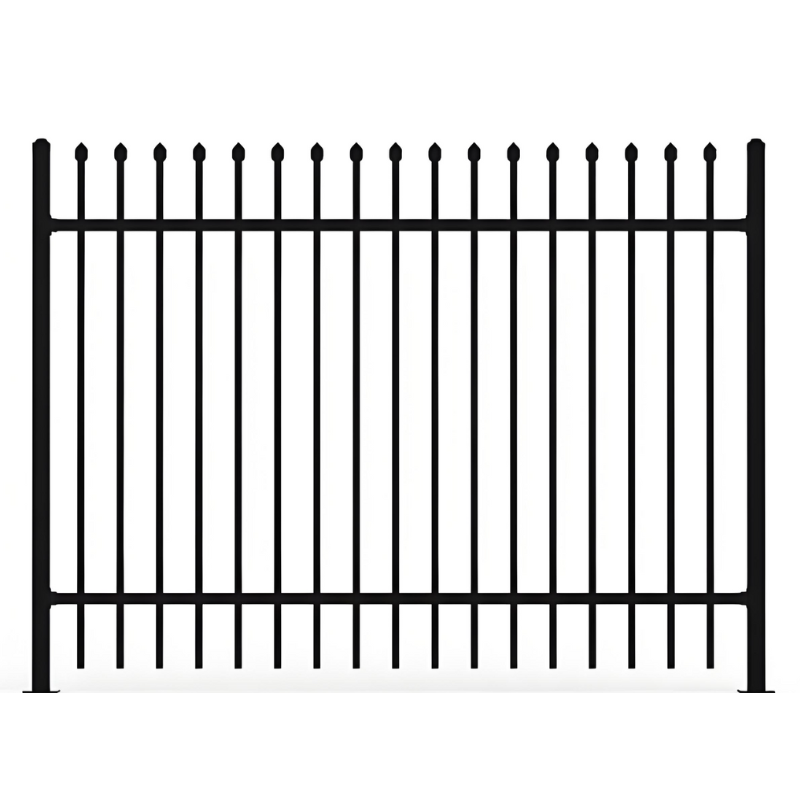 Ornamental fence-12
Ornamental fence-12 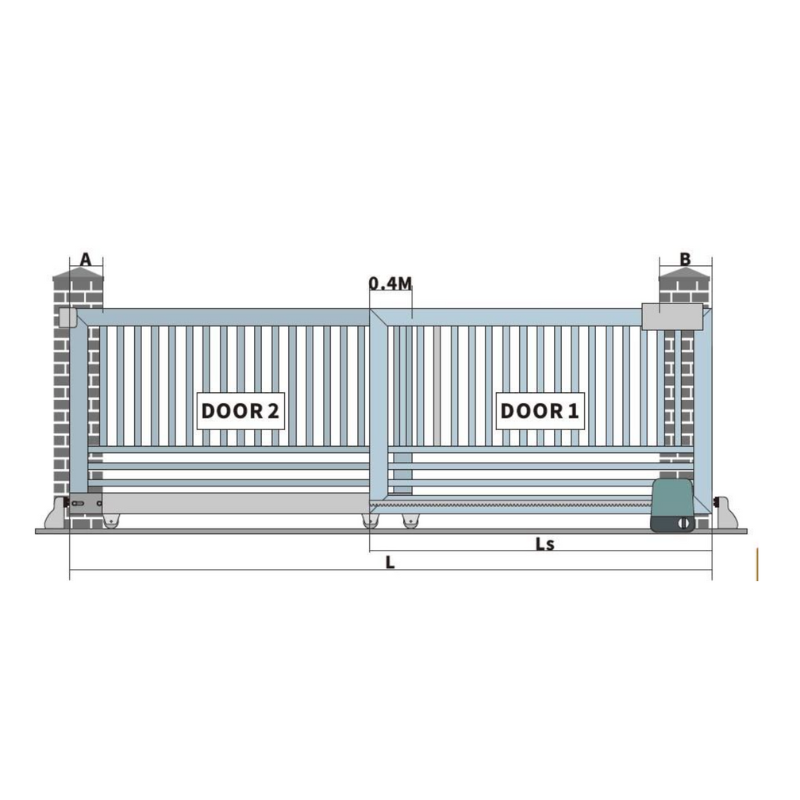 Metal fence gate
Metal fence gate 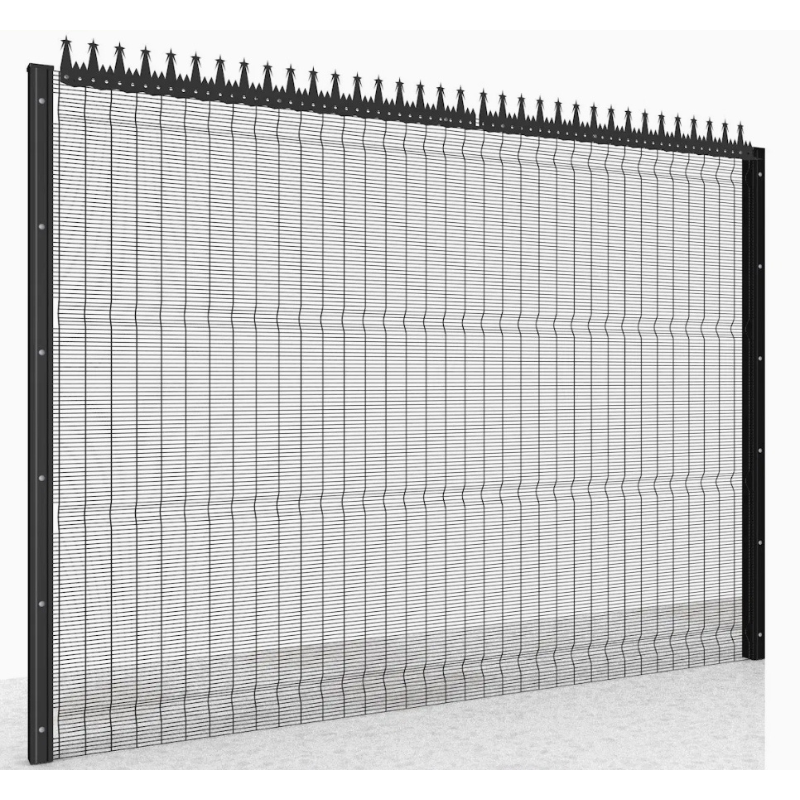 Fence spikes
Fence spikes 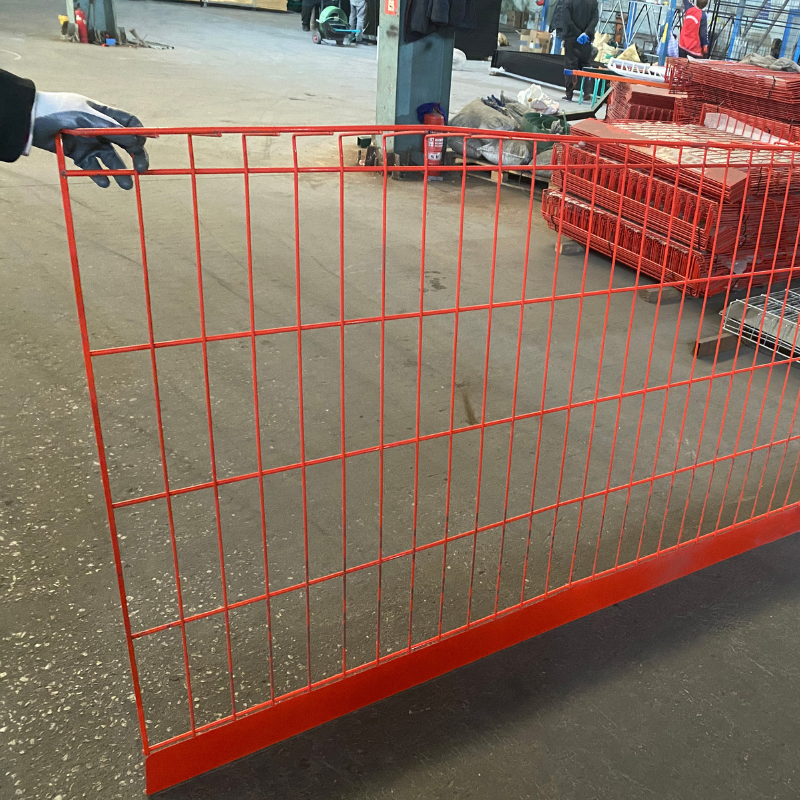 Edge protection barriers
Edge protection barriers 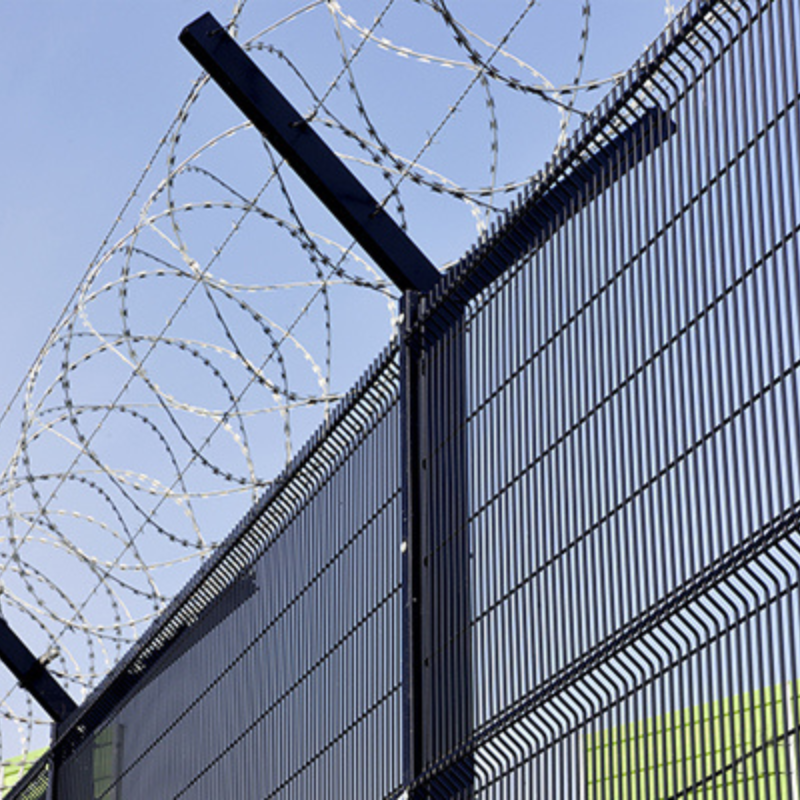 Airport Perimeter Fencing
Airport Perimeter Fencing 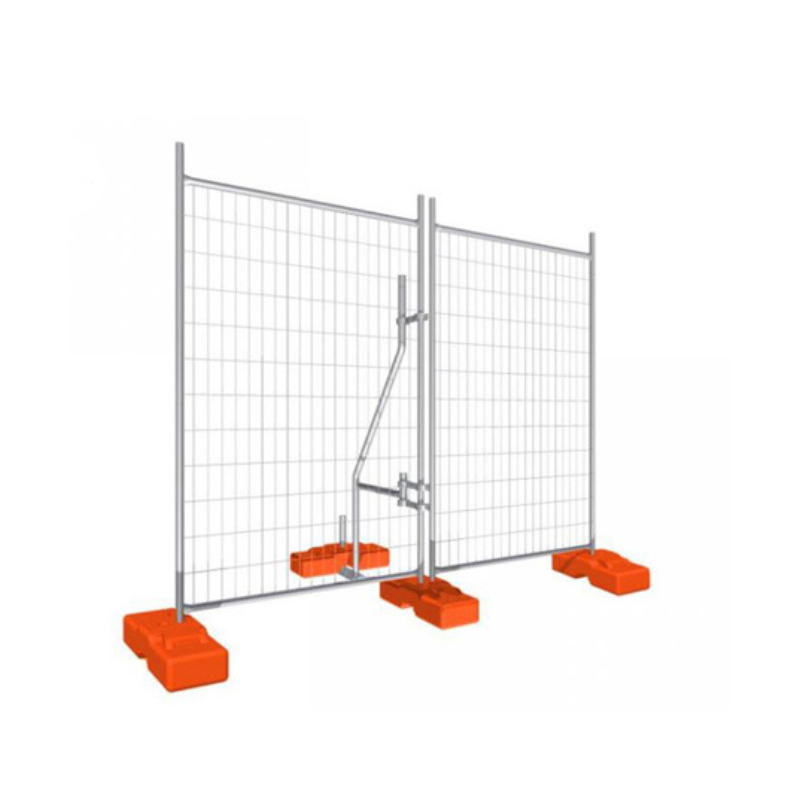 Temporary Fence System
Temporary Fence System  Barbed Wire Fencing
Barbed Wire Fencing 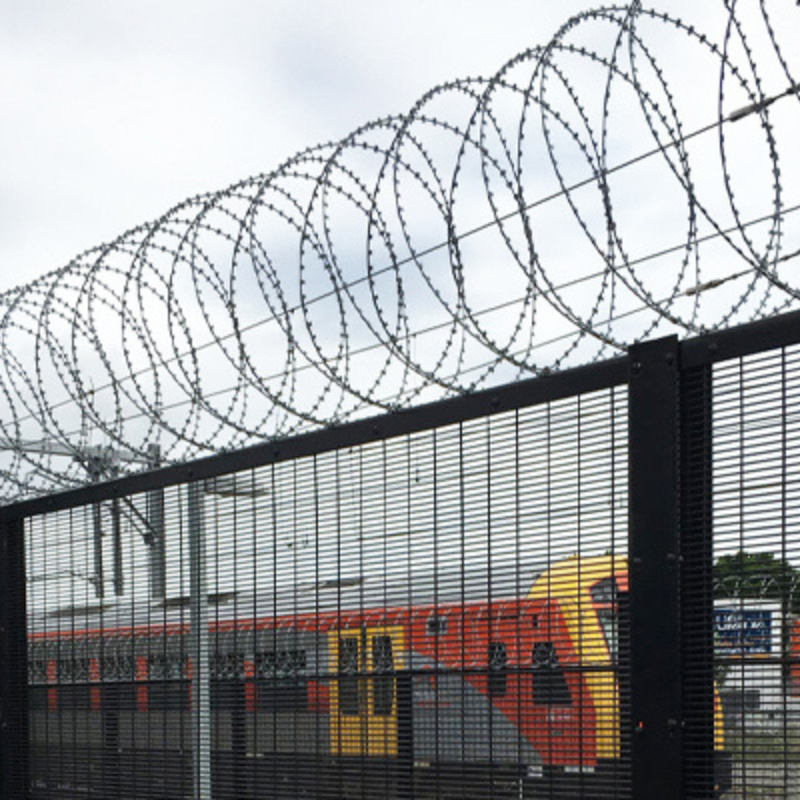 Prison Security Fencing
Prison Security Fencing  MZP Putanka Wire
MZP Putanka Wire  Rapid Deployment Barrier System
Rapid Deployment Barrier System 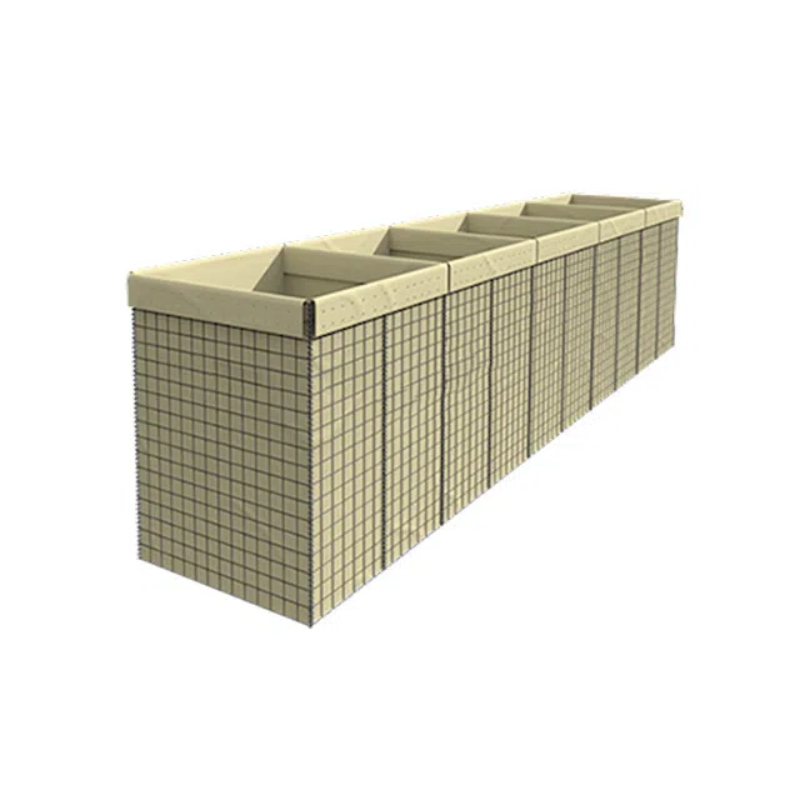 Military Defensive Solution
Military Defensive Solution 